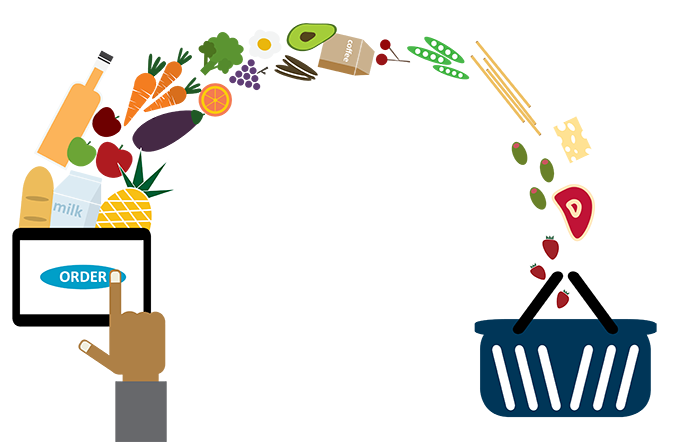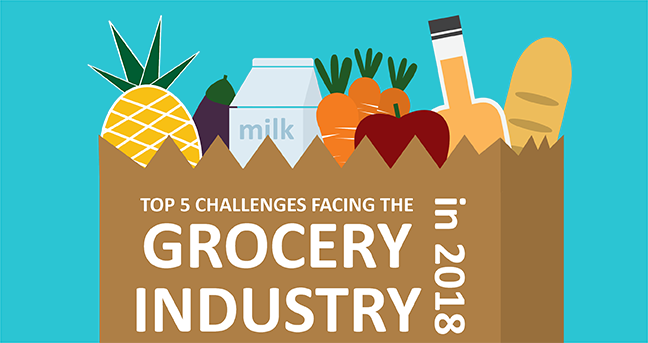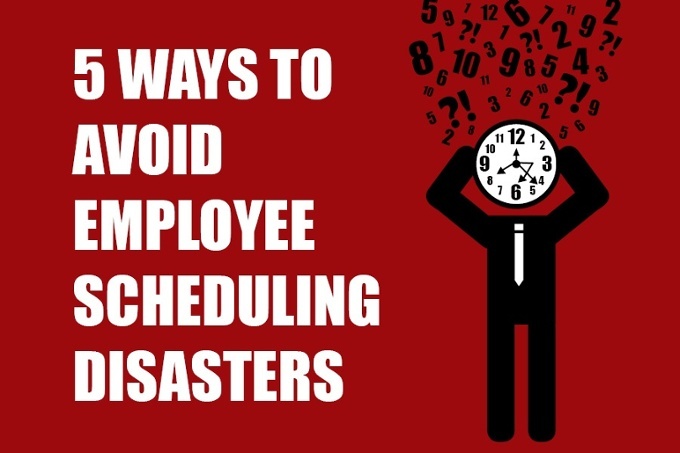Old trends that show no signs of slowing, and new ones that could change the industry forever...
In June, 2017, we published an article detailing some of the biggest challenges grocers faced that year. Now that 2017 has come to a close and we’ve learned more about what’s in store for the future of the grocery industry, we’ve added to the list to include new challenges that will arise in 2018.

In June, 2017, we published an article detailing some of the biggest challenges grocers faced that year. Now that 2017 has come to a close and we’ve learned more about what’s in store for the future of grocery, we’ve added to the list to include new challenges that will arise in 2018.
The organic trend
Last year, we reported that organic purchases have been on the rise for the past decade, and there’s no sign of that trend slowing in the years ahead. According to a Statista poll, the number of people who bought organic products jumped from 52.6 million in fall of 2016 to almost 55 million in spring of 2017. And millennials are leading the organic foods charge.

But the rise of organic eating could quickly become a problem due to diminishing farmland and organic farmers and resources. As more and more consumers turn toward organic products for themselves and their families, grocers will need to figure out how to continue obtaining those products at a reasonable cost, or risk losing the growing group of organic eaters, and alienating millennial shoppers altogether.
The socially conscious millennial
Millennials are increasingly concerned not only with the quality of the food they buy, but also the quality of the company they buy it from. When deciding where to purchase groceries, younger generations still care about typical factors, like convenience and cost, but they also ask themselves questions other generations typically don’t, like ‘Does the company pay workers a living wage?’ and ‘Are they environmentally friendly?’
This is good news for smaller grocery retailers that value high-quality, locally-sourced goods, as well as employee satisfaction, but could hurt larger corporations that are notorious for questionable work policies.
The voice search surge

With the rise of Amazon’s Alexa, and Google Voice Search, more and more people want to place orders and get answers to their questions without lifting a finger, and buying groceries is no exception to the trend. According to SiteVisibility, voice searches will make up half of all searches by 2020. This means that, in the years to come, all consumers - not just those shopping for groceries - will want a more streamlined buying experience, and the faster grocery stores can capitalize on that trend, the more they’ll succeed.
A few of the big names in grocery have tried to get on board with voice search with varying results. Walmart is trying to get a patent for a system similar to Amazon Dash - the feature available to Prime users that allows consumers to place buttons around their homes and use them to place verbal orders. The fact that Amazon, and now Walmart - two of the world’s biggest retailers - are doubling down on this trend is indicative of what’s to come for the future of grocery as a whole.
The busy parent

It’s no secret that many parents today juggle more responsibilities than the parents of older generations - multiple jobs, multiple kids, degrees and education. So it’s no surprise that more and more parents are relying on the convenience of online shopping to buy food for their families. In fact, parents are the largest demographic leading the online grocery shopping trend, with millennial parents at the front of the pack.
There is one surprising factor keeping some consumers from going down the online grocery shopping route, and it’s the simple fact that they enjoy in-person trips to the grocery store. Brick and mortar stores wanting to retain as many in-person shoppers as possible could capitalize on this emotion by focusing on customer delight and making the in-store shopping experience as enjoyable as possible.
The digital shopper
While older generations still rely on traditional methods of advertising to learn about their grocery options (coupons, commercials, word of mouth), younger generations prefer to get this information through more modern means, which could create huge opportunities for retailers.
As more consumers begin to leverage technology to help inform their purchasing decisions, retailers are beginning to use that data to help drive sales. Now more than ever before, retailers have the opportunity to make profit-driven decisions based on the data provided by online shopping, digital couponing and browsing the web. And as grocers begin to learn more about what consumers are looking for, the better they’ll be able at creating offers to entice those shoppers, and increase sales.





